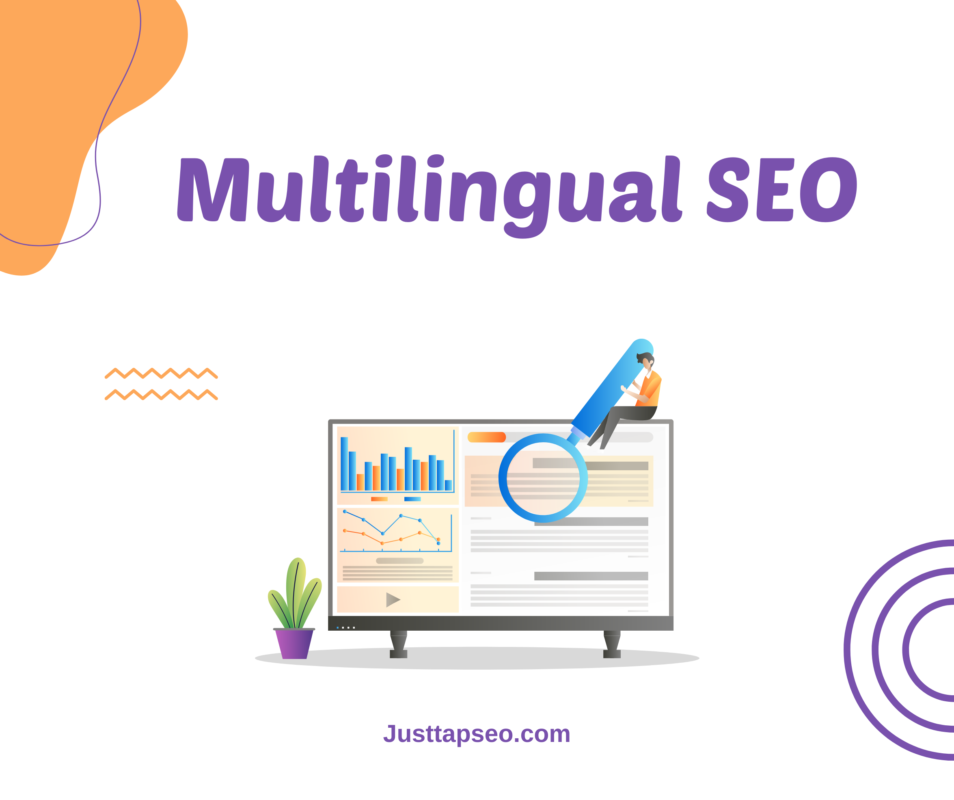Learn how to create multilingual content that converts. This guide covers localization, SEO optimization, and actionable tips to engage global audiences.
In today’s global market, creating multilingual content is essential for reaching diverse audiences. But it’s not just about translation—it’s about crafting content that resonates, engages, and converts. Whether you’re targeting the USA, China, or other regions, your content must speak directly to your audience’s needs and preferences.
This blog will guide you through the process of creating multilingual content that converts. From understanding cultural nuances to optimizing for local search engines, we’ll cover everything you need to succeed. Let’s dive in!
Why Multilingual Content Matters
The internet is a global space, and your audience is diverse. Over 60% of global internet users browse in languages other than English. If your content isn’t multilingual, you’re missing out on a massive opportunity.
Benefits of Multilingual Content:
- Reach a Global Audience: Connect with customers in their native language.
- Boost Engagement: Content that resonates culturally drives higher engagement.
- Increase Conversions: A personalized experience builds trust and encourages purchases.
In short, multilingual content is a game-changer for businesses aiming to grow globally.
Step 1: Understand Your Target Audience
Before creating content, you need to understand your audience. This goes beyond language—it’s about culture, preferences, and behavior.
Research Local Preferences
- USA: Focus on detailed, informative content with a professional tone.
- China: Prioritize concise, visually appealing content with a mobile-first approach.
Analyze Search Behavior
- Use tools like Google Keyword Planner and Baidu Keyword Tool to identify popular search terms.
- Understand the intent behind these searches. Are users looking for information, products, or reviews?
Pro Tip: Create buyer personas for each target market to guide your content strategy.
Step 2: Localize, Don’t Just Translate
Localization is the key to creating multilingual content that converts. It’s about adapting your content to resonate with local audiences.
Use Culturally Relevant Examples
- For the USA, reference holidays like Thanksgiving or Black Friday.
- For China, incorporate festivals like Lunar New Year or Double 11 Shopping Festival.
Adapt to Local Dialects
- In China, Mandarin is the official language, but regional dialects like Cantonese are also important.
- In Spain, consider differences between Castilian Spanish and Latin American Spanish.
Use Local Currency and Units
- Use USD for the USA and RMB for China.
- Use imperial units (miles, pounds) for the USA and metric units (kilometers, kilograms) for China.
Pro Tip: Hire professional translators who understand SEO and cultural nuances.
Step 3: Optimize for Local Search Engines
SEO is crucial for driving traffic to your multilingual content. However, search engine preferences vary by region.
Google (USA)
- Focus on high-quality, detailed content.
- Use long-tail keywords and optimize for readability.
- Build backlinks from reputable .edu and .gov sites.
Baidu (China)
- Prioritize fast-loading, mobile-friendly content.
- Use concise, visually appealing content with Mandarin keywords.
- Submit your website to Chinese directories like Hao123.
Pro Tip: Use tools like SEMrush to analyze keyword trends across different regions.
Step 4: Create Engaging and Actionable Content
Your content should not only inform but also inspire action. Here’s how to make it engaging and actionable:
Use Clear Calls-to-Action (CTAs)
- Encourage users to take the next step, whether it’s signing up, purchasing, or contacting you.
- Adapt CTAs to local preferences. For example, “Shop Now” in the USA might translate to “立即购买” (buy now) in China.
Incorporate Visuals
- Use images, infographics, and videos to make your content more engaging.
- Ensure visuals are culturally appropriate and relevant.
Tell Stories
- Share customer success stories or case studies that resonate with local audiences.
- Use storytelling to build an emotional connection.
Step 5: Optimize for Mobile
Mobile optimization is crucial, especially in markets like China, where mobile usage is extremely high.
Responsive Design
- Ensure your website adapts to different screen sizes.
- Use large, easy-to-click buttons and avoid intrusive pop-ups.
Fast Loading Speeds
- Optimize images and use AMP (Accelerated Mobile Pages) to improve performance.
- Test your website on popular mobile browsers in your target markets.
Pro Tip: Use tools like Google PageSpeed Insights and Baidu Site App to monitor and improve mobile performance.
Step 6: Build Local Backlinks
Backlinks are a key ranking factor for SEO. For multilingual content, you need region-specific backlinks.
USA
- Earn backlinks from reputable .edu and .gov sites.
- Partner with industry blogs and influencers.
China
- Partner with Chinese websites, forums, and social media platforms like Weibo and WeChat.
- Submit your website to Chinese directories like Hao123.
Pro Tip: Use tools like Ahrefs to track your backlink profile and identify opportunities.
Step 7: Monitor and Adjust
SEO is an ongoing process. Use analytics tools to track your performance:
- Google Analytics for English-speaking regions.
- Baidu Analytics for China.
Regularly review your rankings, traffic, and conversions. Adjust your strategy based on what’s working and what’s not.
Common Multilingual Content Mistakes to Avoid
- Ignoring Local Search Engines: Don’t focus solely on Google. Baidu and other local search engines are equally important.
- Poor Translation: Avoid using automated translation tools. Hire professional translators who understand SEO.
- Duplicate Content: Ensure each language version has unique content to avoid penalties.
- Neglecting Technical SEO: Hreflang tags, XML sitemaps, and structured data are essential.
Tools for Creating Multilingual Content
Here are some tools to streamline your efforts:
- Google Keyword Planner: For English keyword research.
- Baidu Keyword Tool: For Chinese keyword research.
- DeepL: For accurate translations.
- Ahrefs/SEMrush: For competitive analysis.
- Baidu Webmaster Tools: For monitoring performance in China.
Conclusion
Creating multilingual content that converts is no small feat, but it’s achievable with the right strategies. By understanding your audience, localizing your content, and optimizing for local search engines, you can create content that resonates, engages, and drives conversions.
Remember, multilingual content is a long-term investment. Stay consistent, monitor your progress, and adapt as needed. With the right approach, you can dominate global markets and grow your business like never before. You can contact us for a Multilingual SEO Content Creation plan; we will handle everything for you.


















